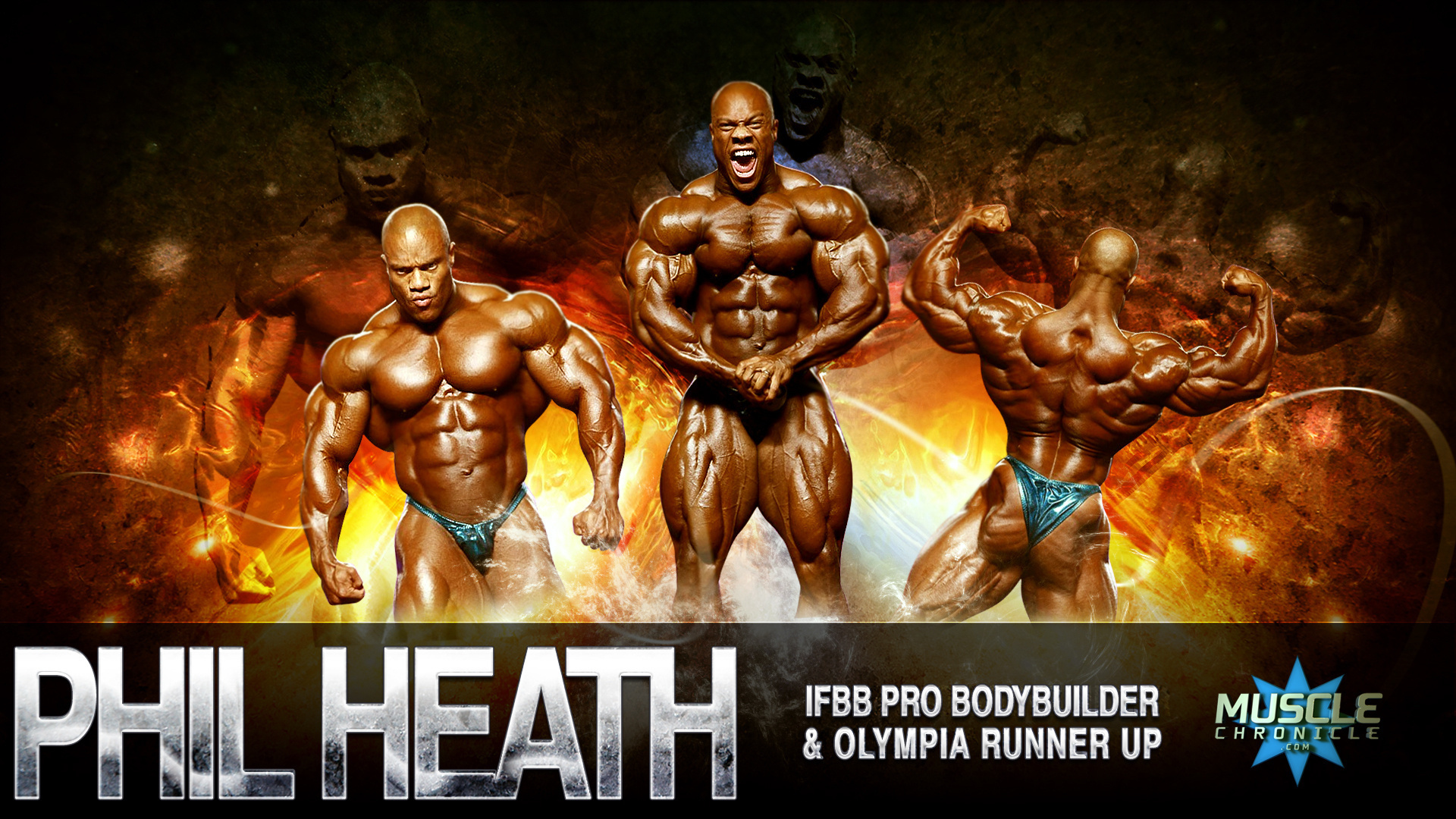Difference Between Bulking And Cutting
Understanding The Difference Between Bulking and Cutting in Fitness: A Comprehensive Guide
Introduction:
In the realm of fitness and bodybuilding, two terms often thrown around are "bulking" and "cutting." These terms represent distinct phases in a fitness journey, each with its own set of goals and strategies. In this blog post, we'll delve into the differences between bulking and cutting, address common questions surrounding these phases, and provide insights to help you navigate your fitness goals effectively.
Bulking vs. Cutting: Understanding the Basics
Bulking:
Bulking is a phase focused on gaining muscle mass and size. During a bulk, individuals typically consume a calorie surplus, aiming to provide their bodies with an abundance of nutrients and energy to support muscle growth. Strength training exercises are commonly incorporated to stimulate muscle hypertrophy.
Cutting:
Cutting, on the other hand, is geared towards reducing body fat while preserving muscle mass. This phase involves consuming a calorie deficit, where the number of calories consumed is less than the number burned through exercise and daily activities. Cardiovascular exercise and dietary adjustments are often emphasized to promote fat loss while maintaining muscle mass.
Exploring Common Questions:
1. Should I bulk or cut first?
The decision to bulk or cut first depends on individual goals and preferences. Some may choose to bulk first to build a solid foundation of muscle mass before cutting to reveal definition, while others may opt to cut first to reduce excess body fat before embarking on a bulk.
2. Which is harder: bulking or cutting?
Both bulking and cutting present unique challenges. Bulking requires disciplined eating habits and consistent strength training to promote muscle growth, while cutting demands strict adherence to a calorie deficit and may involve managing hunger and cravings. Ultimately, the difficulty varies depending on personal factors and preferences.
3. Is bulking and cutting good for you?
When approached sensibly and with proper guidance, bulking and cutting can be effective strategies for achieving fitness goals. However, it's essential to prioritize overall health and well-being, ensuring that calorie intake is balanced with nutrient-dense foods and that exercise routines are sustainable and enjoyable.
4. Can you lose fat while bulking?
It's challenging to lose fat while in a traditional bulking phase, as the calorie surplus is intended to support muscle growth rather than fat loss. However, some individuals may pursue a lean bulk, where the calorie surplus is kept moderate to minimize fat gain while still promoting muscle growth.
5. What is dirty bulking?
Dirty bulking involves consuming a significant calorie surplus without paying much attention to food quality. This approach may lead to excessive fat gain and poor health outcomes. Clean bulking, which prioritizes nutrient-dense foods, is generally preferred for promoting muscle growth while minimizing fat gain.
6. Do bodybuilders bulk or cut?
Bodybuilders often cycle between bulking and cutting phases to optimize their physique for competitions. During the off-season, they may focus on bulking to pack on muscle mass, while leading up to competitions, they engage in cutting to achieve a lean and defined look on stage.
7. How to start bulking?
To start bulking, begin by calculating your maintenance calorie intake and gradually increasing it to create a slight calorie surplus. Focus on consuming adequate protein to support muscle growth and incorporate progressive strength training exercises into your routine. Monitoring progress and adjusting calorie intake as needed is key to successful bulking.
In closing
Bulking and cutting are integral components of many fitness journeys, each serving specific purposes in achieving desired physique goals. By understanding the differences between these phases and addressing common questions, individuals can make informed decisions and tailor their approach to suit their unique needs and preferences. Remember to prioritize health and sustainability, and consult with fitness professionals if needed to maximize results and enjoyment on your fitness journey.

.png)



.png)

.png)
.png)


.png)
.png)




.png)



0 Comments